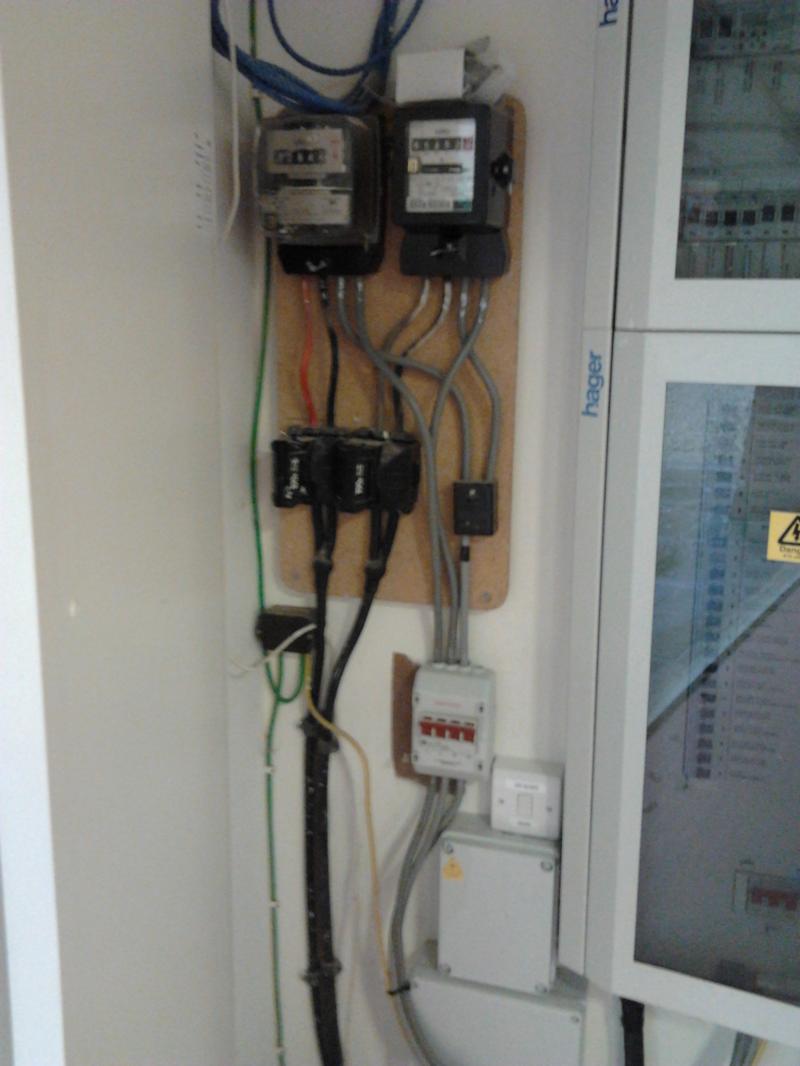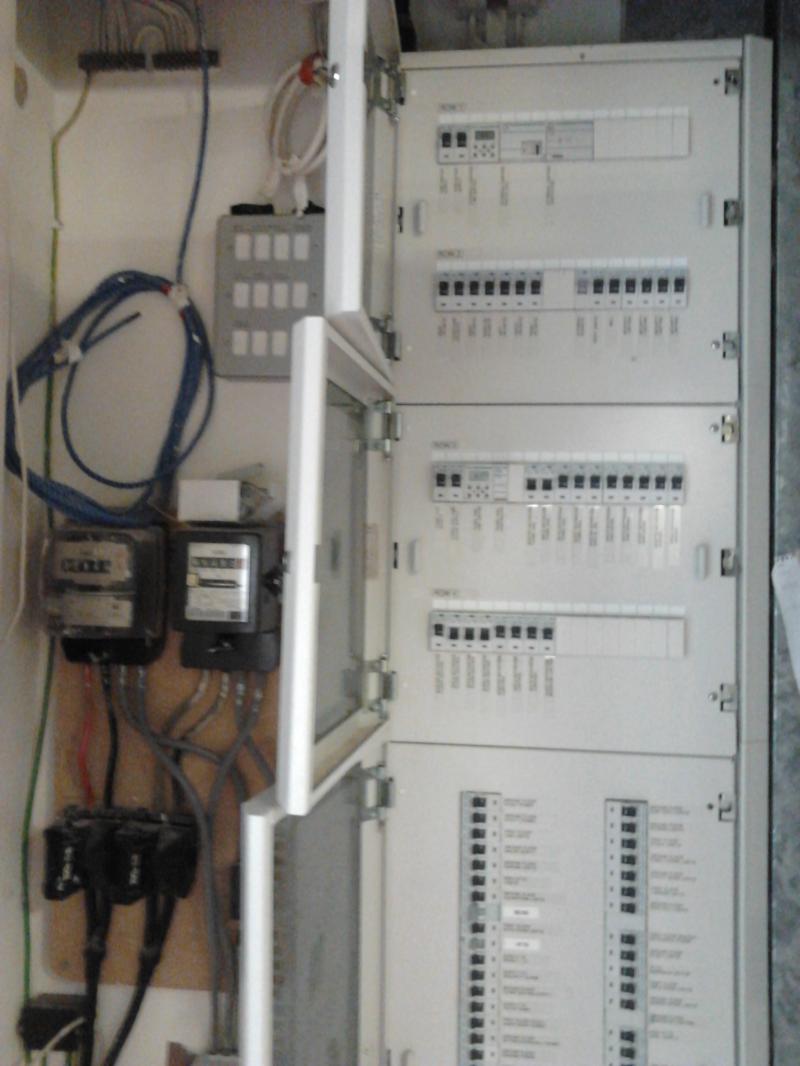I've been doing some (non-electrical) odd jobs at a large country house nearby.
Recently, they had to call out the DNO as there was smoke and arcing sounds coming from inside the CU cupboard. The DNO cleared a slug from the RCD box - However, they have replaced the RCD with a isolation switch.
Should the DNO have replaced the RCD with another RCD?
All the bathrooms and outside circuits are protected by RCBOs but there is now no RCD protection on any other sockets.
Recently, they had to call out the DNO as there was smoke and arcing sounds coming from inside the CU cupboard. The DNO cleared a slug from the RCD box - However, they have replaced the RCD with a isolation switch.
Should the DNO have replaced the RCD with another RCD?
All the bathrooms and outside circuits are protected by RCBOs but there is now no RCD protection on any other sockets.





